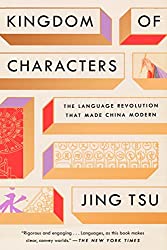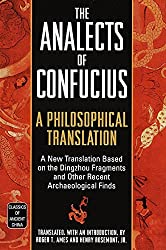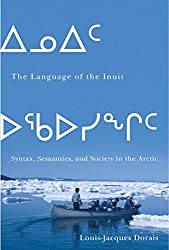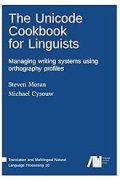
Rating: 7.6/10.
Kingdom of Characters: The Language Revolution That Made China Modern by Jing Tsu
Book about the history of the Chinese language during the early 20th century, when China was beginning to modernize, and how the language and writing system coped with the challenges. It starts with Wang Zhao, a scholar who saw the Chinese script as overly complex and hindered China’s ability to modernize. The Chinese script took years to learn so students would spend years just to learn to write, whereas Western peers would learn more useful math and engineering, etc, in the same time. He saw this as contributing to China’s lag behind Western powers many humiliations faced conceding territory and unequal treaties. Zhao advocated for a nationally unified language: given the diverse dialects in China, communication between different regions was difficult, so Zhao advocated for Mandarin, specifically the dialect of Beijing, to be the standard for the entire country.
Several technologies were useful for Western spread of information but difficult to adapt to Chinese, like the typewriter and the telegram. In the typewriter case, the Chinese invented woodblock printing, but it required slowly searching through thousands of characters to find the right one, a slow and laborious process. Zhou Houkun tried to invent a Chinese typewriter but encountered technical difficulties when building it. For the telegraph, the challenge was encoding Chinese using a few discrete letters. English only had 26 letters, but Chinese had thousands of characters, they eventually adopted a system invented by the Danish encoding each character into four numbers, but this approach was clumsy and also more expensive for sending messages in Chinese than European languages when Morse code operators charged by letter.
During wartime, there were various efforts to create an index for Chinese characters for easy lookup. Traditionally, this was based on the 214 Kangxi radicals, but in practice it was not always intuitive to determine which radicals belonged to a particular character. There were various proposals to organize characters based on radicals, their shape, geometry, etc. Another reform during the 1920s was on simplification and romanization. Again multiple systems were proposed, some based on Chinese like the Bopomofo system (still used in Taiwan), others used Latin and Cyrillic alphabets. Representing tones and dialectal differences were a challenge, but eventually the government adopted the Pinyin system romanization in 1957.
The last challenge was bringing Chinese into the computer age. The challenge was in the limited memory capacity of early computer systems, especially due to the Chinese Cultural Revolution, Chinese computer technology lagged behind Western ones. To enable interoperable encoding, Chinese characters were incorporated into the Unicode standard. Every few years, delegates from various Asian countries (such as Japan, Korea, Taiwan, etc) would convene and debate differences in character variants: Unicode aimed to represent small variants of characters using the same code point, so they had to decide which variant would be considered the standard one.
Overall, I found this book to be somewhat repetitive as similar challenges of Chinese writing system presented itself over and over, whether in dictionaries, telegrams, Unicode, etc. One surprising aspect was how recent various ideas were, that are widely used today, such as representing sounds with alphabets, or character simplification. Thanks to the achievements of various scholars and engineers, this allowed the Chinese script to survive intact into the modern age.



